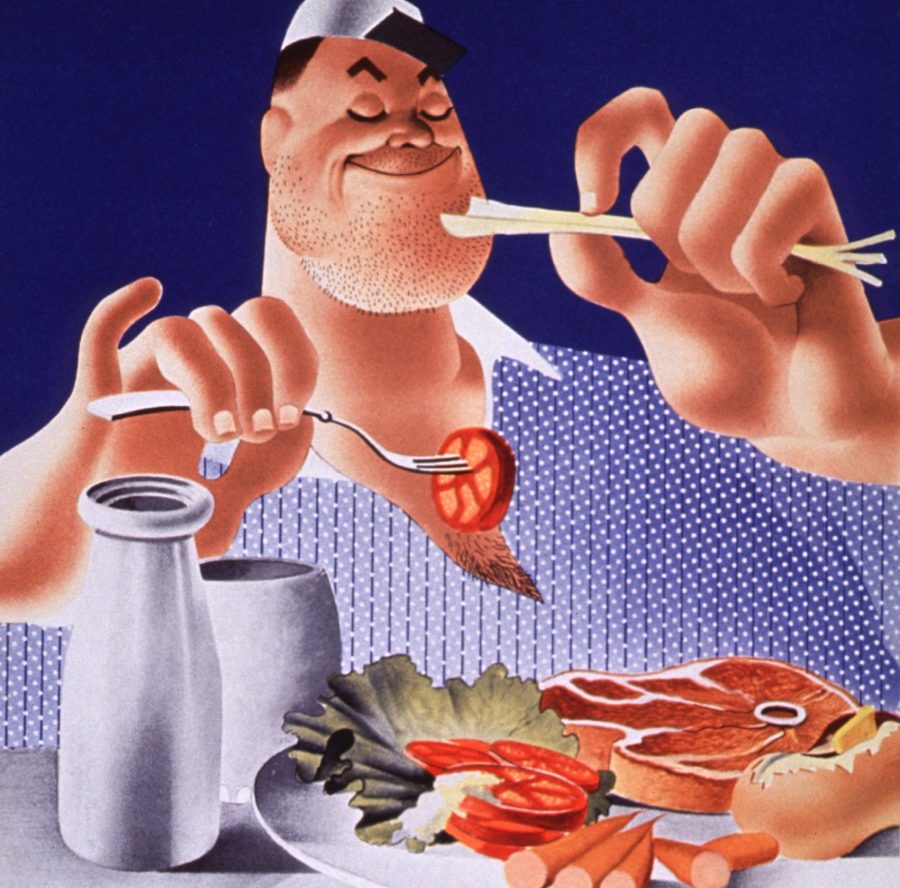Body Building as Social Welfare: How the Language of Weight Justified the Civilian Conservation Corps

While the Civilian Conservation Corps, a New Deal program in which low-income men constructed trails and lodges in parks, built public roads, and otherwise improved the American environment, lasted just under a decade, it has remained an incredibly popular agency in American consciousness. Organizations push its memory, the National Park Service celebrates its past, and Americans write a surprising number of editorials about how we should revive the program. This is an unusual amount of love for a social welfare program, most of which are loathed and stigmatized in the U.S. Why are so many welfare programs villainized, even when they include a work component, while the Civilian Conservation Corps (CCC) invokes such pride and nostalgia? There are several reasons…


